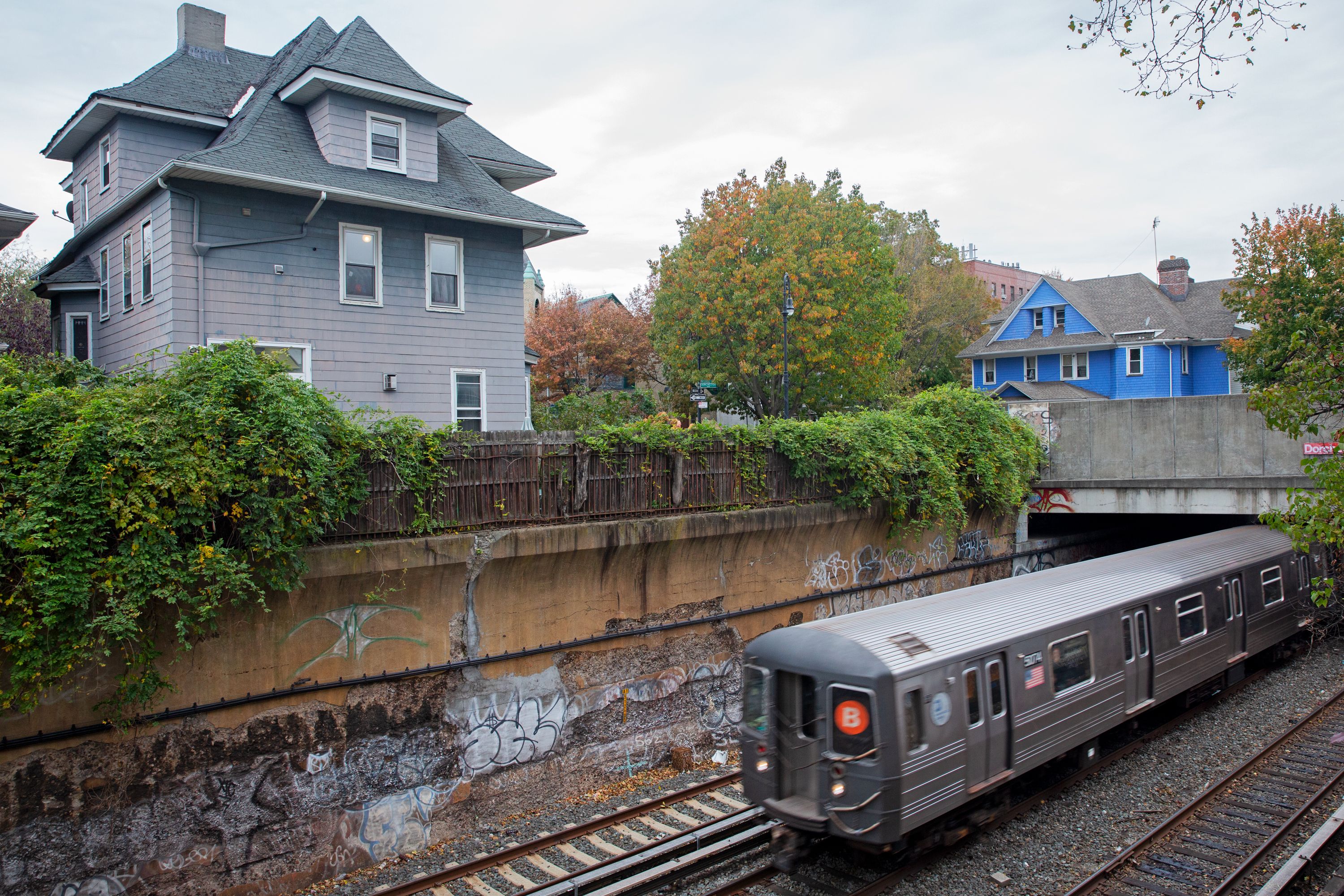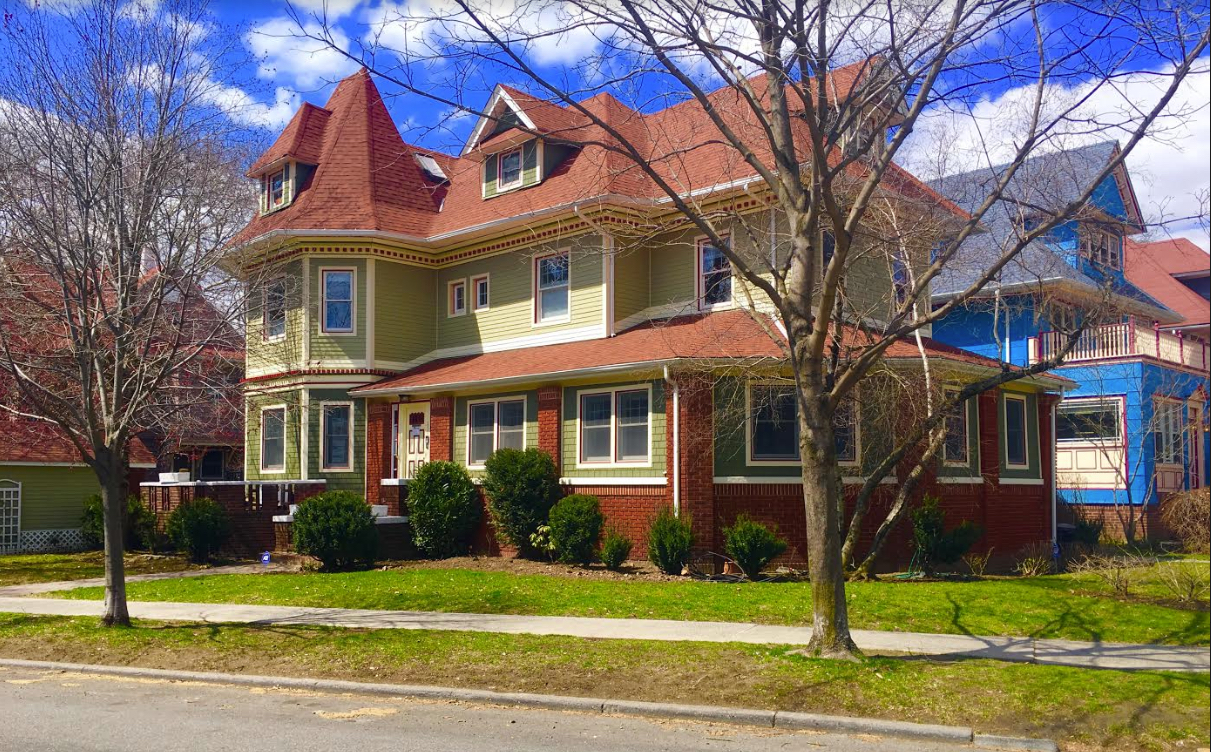Brooklyn homeowners wall-eyed at city demand they inspect Q-train trench

Homeowners in Brooklyn got a letter from the Department of Buildings saying they were responsible for this retaining wall along the tracks. Photo by Ben Fractenberg/THE CITY
 This story was originally published on Nov. 7 by THE CITY.
This story was originally published on Nov. 7 by THE CITY.
Owners of Brooklyn homes perched next to a trench used by the Q and B subway lines say they were stunned to receive letters from the Department of Buildings last week informing them they’re violating city codes.
The letters also demand that owners immediately inspect and submit technical reports — including photographs and diagrams — documenting the condition of retaining walls next to the train tracks.
